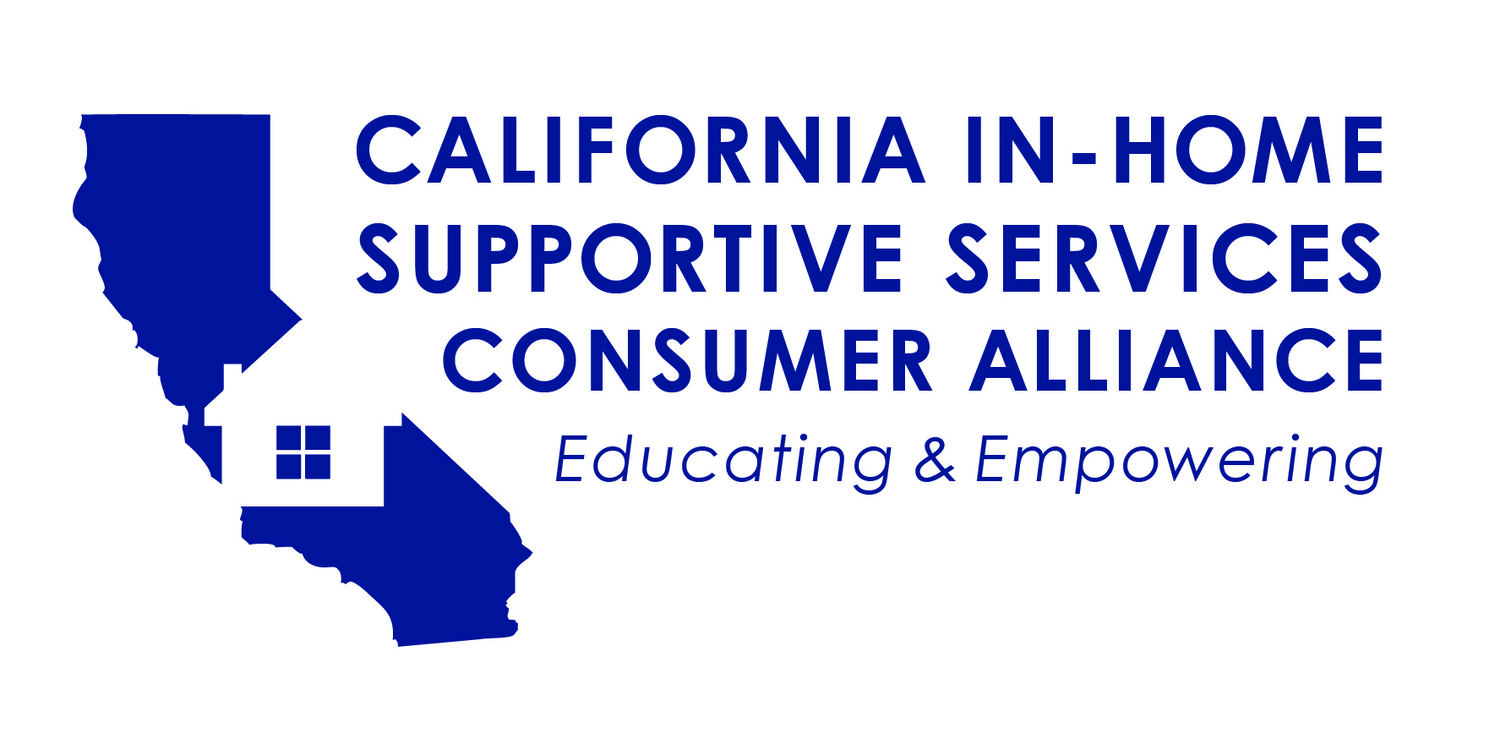IHSS Background
A rich history lies behind the development of In-Home Support Services (IHSS) and the subsequent establishment of IHSS Public Authorities (PA’s) in California. The history is filled with vision, struggle, drama, and the voices of many people. IHSS embodies the vision of independence; persons with a disability are not “patients,” we are people first and foremost. Throughout this history, advocates sought to address the needs of seniors and people with disabilities who needed assistance to live safely in homes of their choosing to live and participate in their communities. With adequate support and assistance from others, they knew independent living could be achieved. Herewith begins the story about Independent Living—the experience of seniors and people with disabilities who live safely and independently in the community with the assistance of others.
This IHSS history began in the 1950’s, with many post-polio and respiratory dependent individuals that lived at Rancho Los Amigos, a rehabilitation facility in Downey California. To save money, local administrators decided in 1953 to move about 100 patients in to the community. This bold move was only made possible because the March of Dimes offered to pay for the attendant care.
The March of Dimes decided to end its support of the program after the anti-polio vaccine had been developed and was successful. Several people who were affected by the March of Dimes cuts went to the California legislature to request funding for their desperate situation. The legislature responded positively with the Attendant Care Program but only provided very limited funding.
In the 60’s and very early 70’s, the Aid to the Totally Disabled program provided a monthly cash payment of up to $300 monthly to disabled persons who needed attendant care. Recipients would then hire and pay their provider. The attendant care program came later to be part of the Social Services system, rather than the medical system. This distinction is very important because the person is viewed very differently under each of these systems. Essentially, advocates argued that this was a social issue where the person with a disability is seen as needing routine care in the community, rather than being viewed under the medical system as being sick (a “patient”) and needing to be cured by experts that would direct their services externally i.e. where the problem lies with the person needing specialized care.
In January 1974, Supplemental Security Income (SSI) was implemented. It gave a flat grant to recipients for basic living costs. It did not cover costs for attendant care. Since the Aid to the Totally Disabled program was ending, California was forced to create a new program.
The home health agencies wanted services provided by home health agencies to ensure quality control. Disabled individuals however, wanted to retain flexibility, control, and independence. They made many visits to the Capitol, and stressed the importance of users maintaining full control over their attendants. The new program that was created was called the Homemaker-Chore program, which later became In-Home Supportive Services. This program emphasized consumer control and community integration. In addition, pioneering parents and legal advocates brought about a successful lawsuit in 1979 that allowed parents, spouses or guardians of persons with disability to be paid as IHSS care providers, thus keeping their loved ones in their own homes and communities instead of being institutionalized.
The development of IHSS during the 70’s and 80’s parallels the rise of the Independent Living and Civil Rights Movements. Statewide Independent Living Centers, the World Institute on Disability, and Senior Advocacy Groups were the early supporters and advocates who emphasized the concept of consumer directed services.
In 1991 a large budget deficit occurred in California. The World Institute on Disability and the California Foundation for Independent Living Centers (CFILC) advocated that new Medicaid funding, called the Personal Care Services Program (PCSP), should be brought into the IHSS program. The state adopted their recommendation. PCSP funding was acquired that led to a shift of funding from a Social Services block grant to Medicaid.
There were problems for some IHSS recipients who were no longer eligible for Medicaid funding. The State responded by dividing the program into two parts:
1) The Personal Care Services Program for people who were eligible for 50% Medicaid funding,
2) the IHSS Residual Program for people not eligible for Medicaid funding.
While IHSS was popular because it allowed seniors and people with disabilities to stay out of nursing homes and remain productive in their community, deficiencies existed for both consumers and providers (Zawadski, 1996). IHSS failed to deliver quality care because of lack of a registry and lack of funding for wages for workers and insufficient hours for consumers (“Unsafe in Our Own Homes”, Little Hoover Commission, 1991). IHSS workers were generally paid minimum wage with no benefits. The low pay and no benefits created a shortage of trained workers and high turnover with more than 75% of consumers losing more than one provider while they are on the program (SEIU, 1994). IHSS consumers, some of the most vulnerable in our society, suffered these conditions and lived in fear of losing their provider and not being able to find a replacement. Efforts to address these issues led to the formation of the IHSS Public Authority system.
